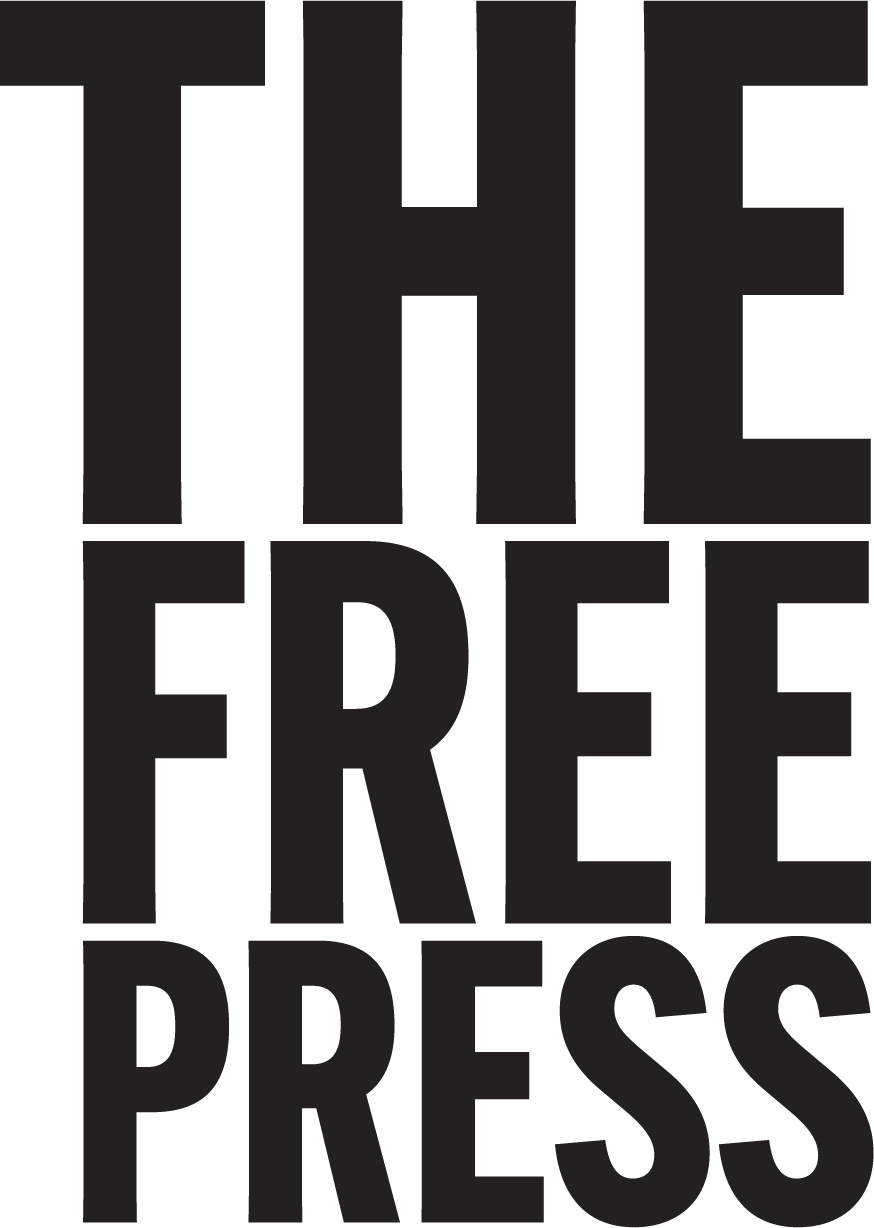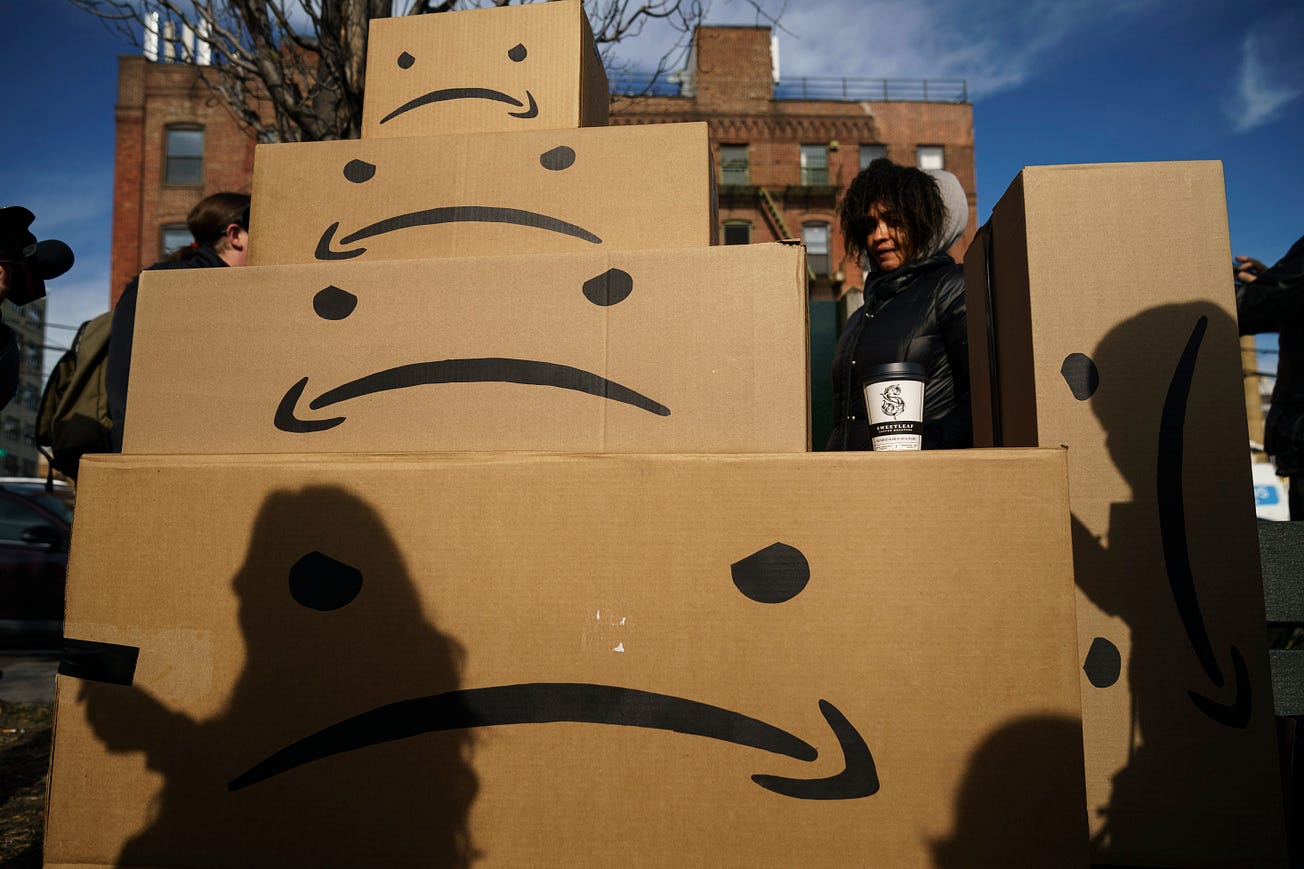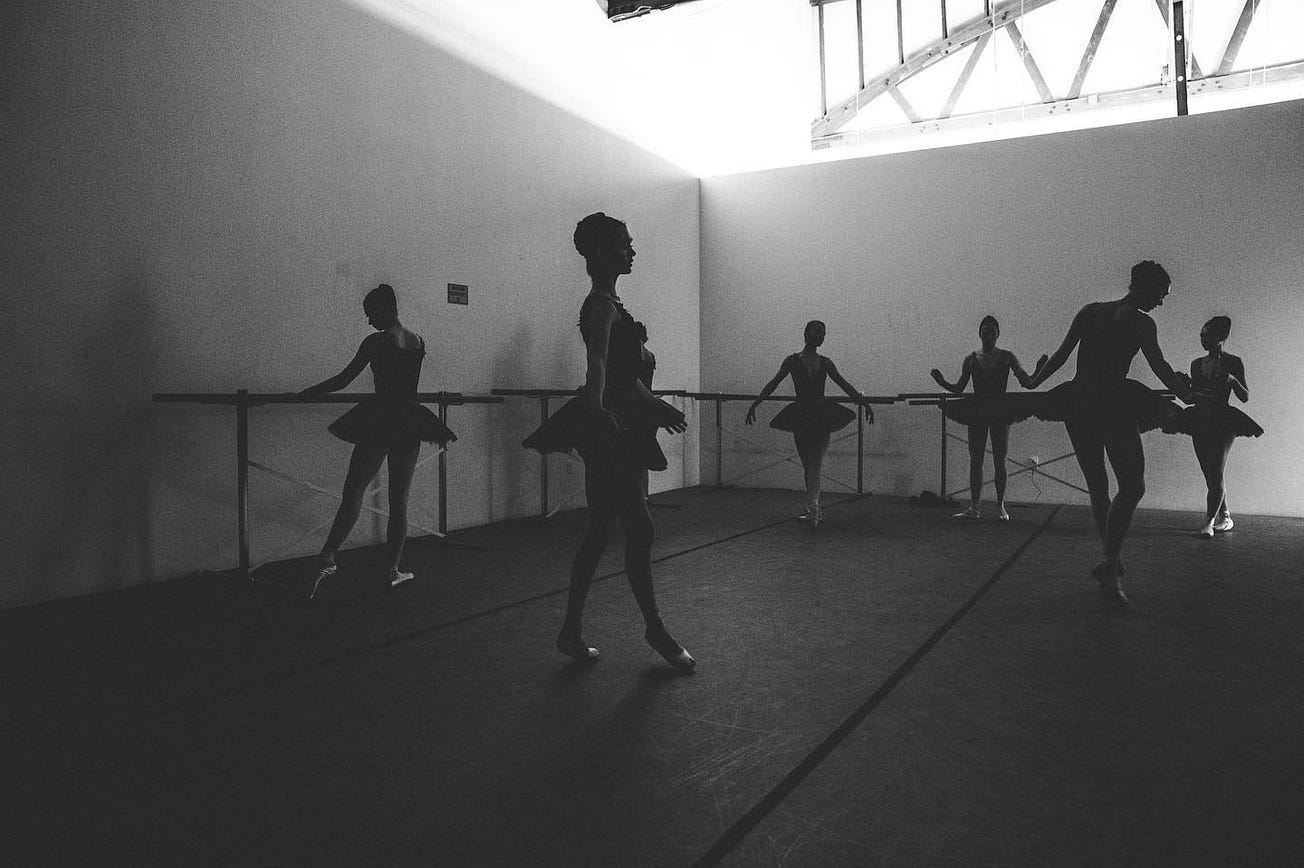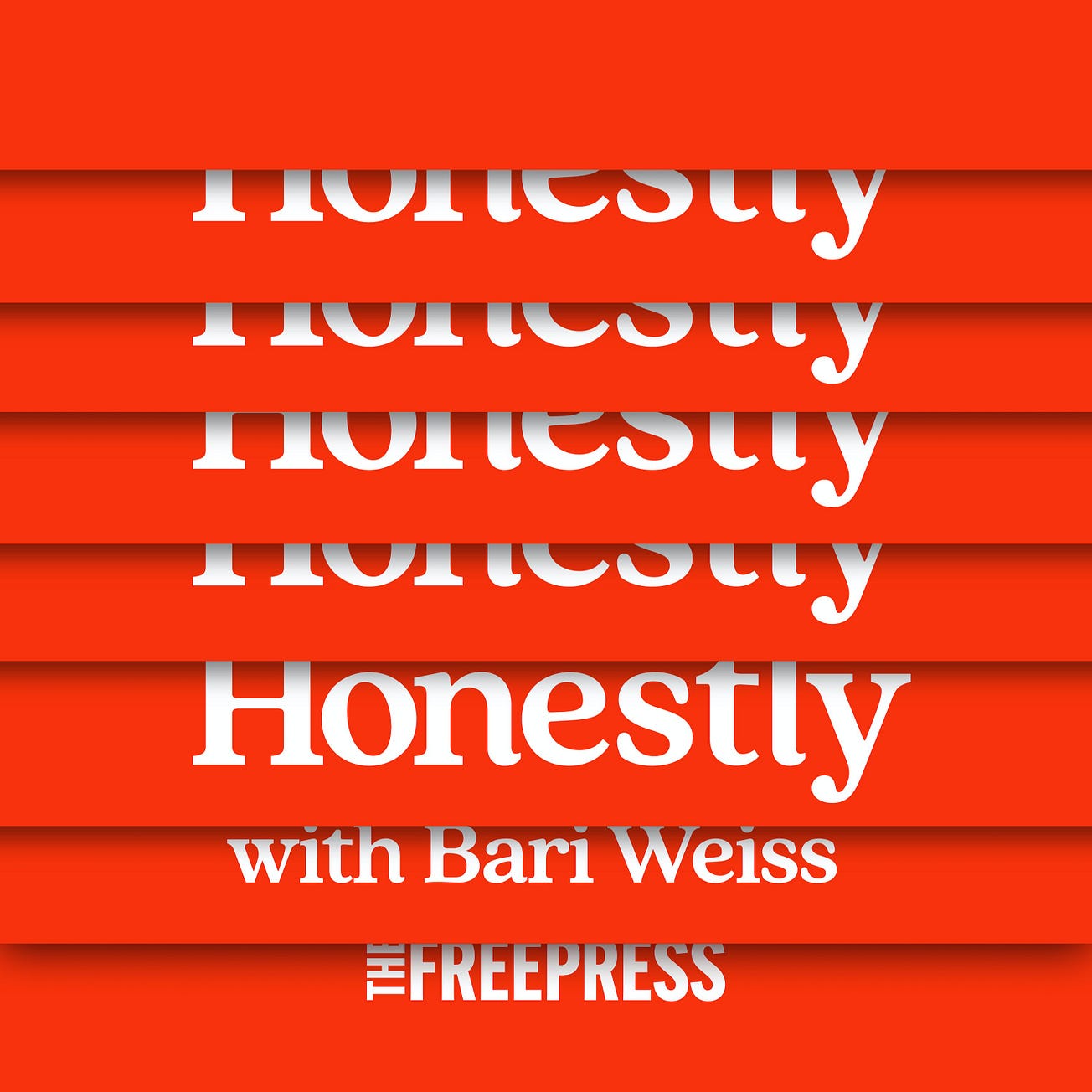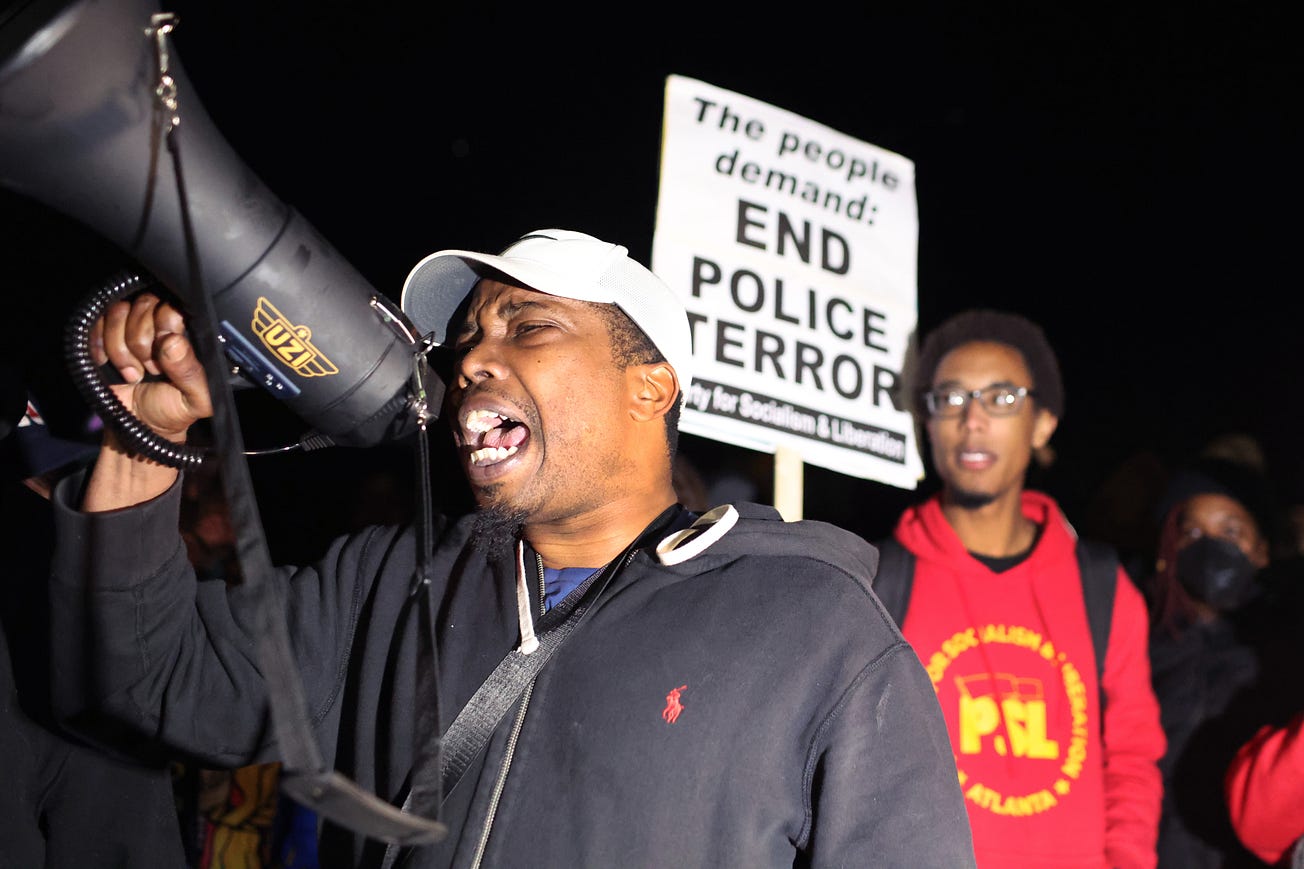A few years ago, my friend Dan Ahdoot was auditioning for a sitcom on Fox. And things were looking good; he’d heard from his agent that he made it to the last round. Then, he got a call from one of the creators of the show, a friend of his who was calling to say sorry: Dan wasn’t going to get the part. The reason, he said, was that he wasn’t “diverse.”
Dan is Iranian. He has photos of his parents in Tehran before the revolution and the eyebrows to prove it. (Don’t worry, I asked Dan if I could objectify him.) But Fox apparently didn’t see Iran as “diverse.”
Given that Dan is not just Jewish but also Persian and therefore in possession of more than the usual amount of chutzpah, he then thought to ask: What about Afghanistan? Was Iran’s neighbor sufficiently diverse?
The showrunner said he’d find out and give him a call back.
In the meantime, Dan says he hopped onto his Wikipedia page and inserted a little edit: He was now an “Iranian Afghan Jew,” despite the fact that nobody in Dan’s lineage is from, nor has ever visited, Afghanistan.
The showrunner called back and pronounced that, according to the poobahs over at Fox, Afghanistan was indeed diverse.
I thought of this story when I read Amazon Studios’ new inclusion policy, vaunted by stenographers in the mainstream media. It announces a goal, by 2024, of having 50% of creative roles in its movies and shows filled by women or people of color. In addition, the studio promises to try to cast actors whose identity — “gender, gender identity, nationality, race/ethnicity, sexual orientation, disability
” — matches that of the characters they play. One wonders how Ariel from “The Little Mermaid” or the sea monster from “The Shape of Water” would be slotted. And God save the intern who has to racially code “Beauty and the Beast.”
By now, this is a familiar story: Amazon is turning the making of TV and film into the same woke numbers game played at every other elite institution. (Exhibit A: Sixty-eight percent of the students admitted to Princeton’s class of 2025 self-identify as “people of color
.”)
I decided to read through Amazon Studios’ Inclusion Playbook, designed “to help disrupt the biases that occur across the lifecycle of a series or movie, from the first inkling of a concept to viewers streaming the content on Prime Video.
” The playbook directed me to a factsheet that promised to help improve my familiarity with all things diverse and inclusive.
There I encountered entries on things like: acquired limb difference (otherwise known as “amputation”). There’s an entry on mean girls, which, I learned, was a “stereotype of girls and young women characterizing them as socially aggressive and unkind” —characterizations that, apparently, not only “enforce the bad behavior
” but “fail to address the larger social issues girls and women face like insecurity, lack of confidence, and pressure to fit the “feminine beauty ideal.”
” Someone please relay that to Tina Fey.
There were entries on haka (I’ve been a fan for years), unnecessary intersex surgeries (bad), womxn (whatever happened to good old-fashioned womyn?) and the biological clock, which is explained as: “In relation to birthing people, the biological clock refers to the sense of pressure people feel to have children during their “peak” reproductive years.
” As a 37-year-old womxn/birthing person, I can assure you that those scare quotes around the word ‘peak,’ as though human reproduction is some kind of social construct, are superfluous.
Moving right along, the Inclusion Playbook taught me that the Arabic word jihad means to “strive and struggle for God
,” and is a term that describes “personal betterment
.” Sharia, we are told, literally means “the clear, well-trodden path to water
.”
I also learned about the Yazidis, who are victims of the apparently non-violent jihad waged by the Arab League (also covered in this document!). Do I even need to tell you that there is no mention of Israel or of Jews?
The playbook explains that “the work of diversity, equity, and inclusion requires all of us to disrupt those biases, and the longstanding customs and practices in the industry, in order to achieve real, lasting change. This work is not easy to do, but don’t worry, we’re in this together.
”
Are we, though? I wonder how the Amazon drivers afraid to take a bathroom break in order to keep up with their delivery quotas would feel about that. Or the workers in JFK8, the company’s Staten Island warehouse, who labor under the all-seeing eye of Jeff Bezos. More than 60 percent of the people who work in that warehouse, which is the size of 15 football fields, are black or Hispanic. And, according to a recent New York Times investigation, black workers at JFK8 were almost “50 percent more likely to be fired
.”
I would really love for an Amazon executive to explain to me how understanding the difference between Disabled and disabled — Amazon’s Inclusion Playbook told me that Disabled with a capital “D" refers to those who are culturally Disabled, whatever that means — makes an actual difference in the lives of anyone at all.
As Newsweek editor Batya Ungar-Sargon has noted: wokeness is, almost always, a smokescreen. By focusing the attention and energy of the rich and powerful on say, whether using the word Latinx is preferable to Hispanic, we let them off the hook for actually doing something about the fact that Latinos remain more than twice as likely to live below the poverty line as whites and Asians.
Batya put it to me this way: “‘Doing the work’ means hiring diversity specialists to call their children white supremacists in a prep school class they can put on their transcript to help their chances of getting into Harvard. It has absolutely nothing to do with asking those who could actually make a difference with regard to true inequality to sacrifice anything of themselves.”
It is an amazing thing to behold Amazon executives LARP as gender studies majors.
You won’t read about the strange marriage between wokeness and corporate America in the mainstream press, but it’s an important subject and there are two books coming out over the next few months that take it up.
The first, out in August, is called “Woke, Inc.: Inside Corporate America’s Social Justice Scam” by Vivek Ramaswamy. This past weekend, he was the subject of a Wall Street Journal profile. Ramaswamy — a great talker with lots of provocative ideas — told the Journal that the alliance was forged in the years following the 2008 financial collapse:
The birth of wokeism was a godsend to corporations, Mr. Ramaswamy says. It helped defang the left. “Wokeism lent a lifeline to the people who were in charge of the big banks. They thought, ‘This stuff is easy!’ ” They applauded diversity and inclusion, appointed token female and minority directors, and “mused about the racially disparate impact of climate change.” So, in Mr. Ramaswamy’s narrative, “a bunch of big banks got together with a bunch of millennials, birthed woke capitalism, and then put Occupy Wall Street up for adoption.” Now, in Mr. Ramaswamy’s tart verdict, “big business makes money by critiquing itself.”
It’s worth reading the whole interview here.
The other book, which is being published in October, is by the Newsweek editor I quote above, Batya Ungar-Sargon. It’s called “Bad News: How Woke Media Is Undermining Democracy.” For obvious reasons, I can’t wait to read it.
Last thing:
Apple Daily may be closed, but the repression of its journalists is a developing story. Hours after I published yesterday’s column and podcast came the news that a senior journalist for the paper, Fung Wai-kwong, was arrested at Hong Kong International Airport as he was trying to fly out of the city. In a statement, the police accused him of “conspiring to collude with foreign countries or foreign forces to endanger national security
.”
I am thinking of him, of the young reporter I spoke to, and all of their courageous colleagues.
